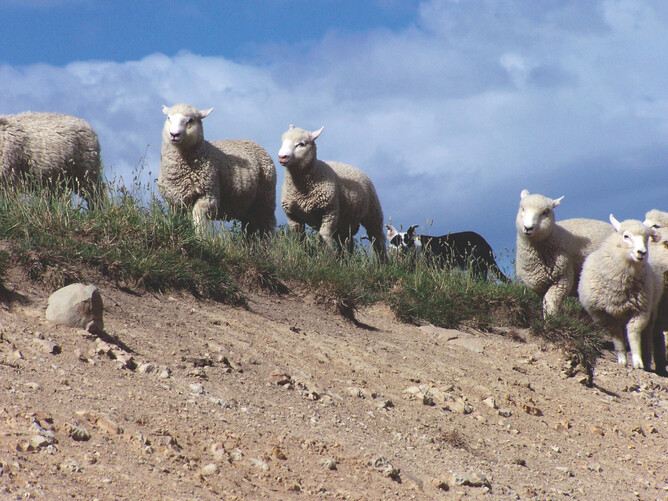How to get the most out of your end of season lambs (plus some hogget care tips for the winter).
It's the time of year when most farmers will not have too many lambs left, but, we do still see some around. What’s the plan for them and what do you need to consider?
If you're wanting to hold onto them to get some heavier lambs late in the season, just make sure that they are NOT eating feed that your ewes need!
Ewe feeding through the winter and late gestation is super important for next year's lamb crop, so just be careful not to jeopardise this.
If you don't have enough feed for your lambs, then it is worthwhile looking at options for selling them store. You will make more money looking after your ewes than squeezing a dollar out of lambs now.
Lamb requirements
1. Trace elements & vitamins
Any lambs you have left on the farm will potentially be at the end of their supplements, especially B12. So, consider whether they need a top-up in order to keep their growth rates up.
A 0.5ml injection of long-acting B12 will last 3-4 months, with a 1ml injection active for 5-6 months (but remember, that is from tailing time).
Many farmers are seeing the benefits of giving long-acting B12 to ewe hoggets before the winter, which tells us that B12 levels are dropping during this time in young stock.
Selenium levels through winter are also essential for immunity and growth. Consider what selenium supplements the lambs have had during the year. Be especially mindful if they have had some novel drenches (Zolvix or Startect), as they don’t contain any minerals.
If we have a winter low in sunshine hours (hopefully we don’t), you may need to consider the vitamins A, D and E. Wintered lambs and hoggets often look like they need a lift and, sometimes, it is that these vitamins that are lacking.
2. Parasite control
Autumn levels of parasites are typically high. We are seeing this reflected in the Faecal Egg Counts (FECs) we are doing.
Our environment is perfect for parasites and, unfortunately, a few frosts will not kill all of them. Now is a particularly good time to be doing a FEC test before drenching to find out what's happening (for ewe hoggets too).
3. Fleece management
Young stock going into the winter on crops can get huge accumulations of mud on their undercarriage. Consider a belly crutch before feeding crops if they are woolly, as these mud clumps can be really heavy to carry around!

